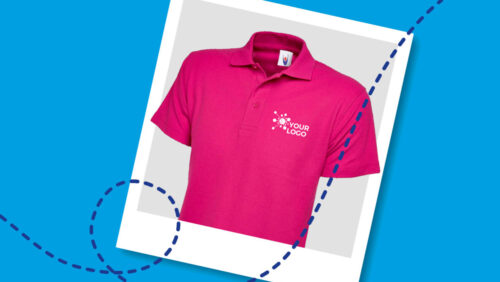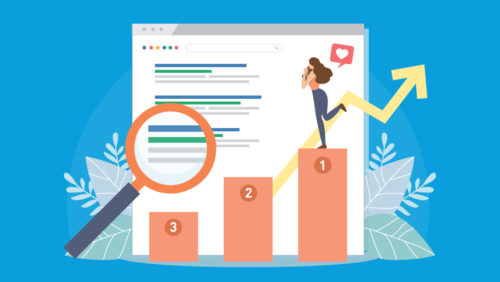
Print v Digital – the differences!
Working in a digital studio, we have a web design team who complement our established graphic designers and print experts.
Posted on: June 19th 2019 • Posted in: Graphic Design, Website Design
On one side, our graphic designers create great looking artwork for print. On the other, our web designers make awesome looking websites. But, when they collaborate on a project, it sometimes sounds like they’re talking two different languages!
Thankfully they all get on famously and will work together to create graphics that look great across all mediums!
Even if their different approaches cause one or two minor arguments along the way!
Read this blog, to find out what we mean…
The CMYK vs RGB debate
Web pages are shown on digital displays. Print is printed onto paper or card. For this reason, the processes involved in creating the colour we see is different. On computer screens, the colours Red, Green and Blue (RGB) are added to a black background to create the images we see. For print adding the colours Cyan, Magenta, Yellow and Key (CMYK) to a white page reduces the light that is reflected creating the different shades we see.
These two colour models can be converted for different displays, but our teams know that how something looks on the screen may be different from how it looks on paper. That’s why they always recommend you get a printed proof before signing off any artwork!
Then, of course, there’s also the Pantone® colour model which is sometimes thrown into the mix.
You can see why it sometimes gets confusing!
Read more: Pantone®/CMYK/RGB – What’s the difference?
DPI and PPI – What’s the difference?
Web and print work in different resolutions. Web designers are interested in the number of pixels in an inch (PPI). Graphic designers are more concerned with the number of dots (DPI).
DPI is the density of dots of ink printed onto an inch of a page. As colour is created by overlapping dots of the four base colours, the more dots that can be printed per inch will result in a higher quality reproduction of the image.
Pixels are the individual squares of colour that make up an image on a digital display. The more pixels in an inch, the clearer and sharper the image.
DPI and PPI may sound like a lot of WTF to a layman, but don’t worry, just leave it all to us, our experts know what they’re doing!
Serif or Sans Serif fonts – What to use?
A serif font has a small line attached to the end of the strokes, sans serif does not. Serif fonts are more regularly used in printed documents, as the brain can more easily distinguish the individual letters. As the shape of a sans-serif font is less distinctive it takes longer to process and therefore longer to read a document.
On the web, however, the resolution of even the largest of screens is smaller, so serif fonts do not display as well. For this reason, sans serif fonts, such as Arial and Helvetica are more popular.
If in doubt, speak to our team and they’ll help you pick a typeface that will work on your site or printed artwork. All within your brand guidelines, of course!
Fixed dimensions vs Responsive pages
Pixels and inches rear their ugly heads again in the page layout stakes. For graphic designers, it’s all about inches, web developers, pixels.
And that’s not the only difference. The size of the finished document determines print projects. For example, a business card will generally be 85mm x 55mm. A billboard up to 480 x 120 in.
Web, on the other hand, is more fluid. The page will routinely be viewed on a desktop, a tablet and on a mobile screen. The same design needs to work on all these devices.
Luckily, our web designers and graphic designers are experts at designing for these mediums, so your brand, product or graphics will look great wherever it’s displayed!
Kall Kwik can help you with your print or web projects
At Kall Kwik Bury St Edmunds, we have graphic designers and web developers in-house. If you need help with a print or digital project give us a call on 01284 752266 or email [email protected] and we can help bring your ideas to life.
In whatever medium you choose to use!
Read more: Our new website design promotional video
Read more: Create a real buzz with booklets and brochures from Kall Kwik Bury St Edmunds


